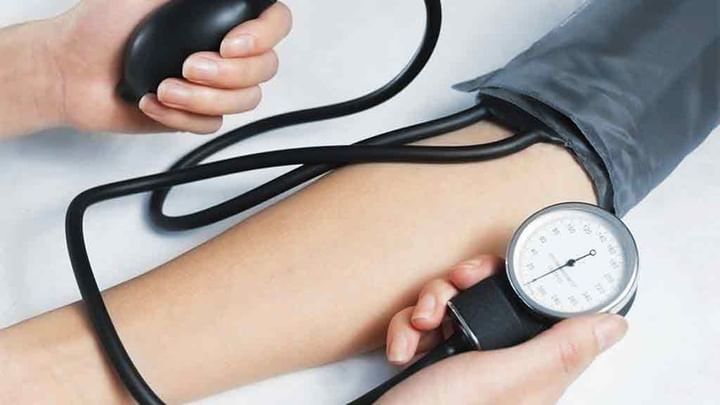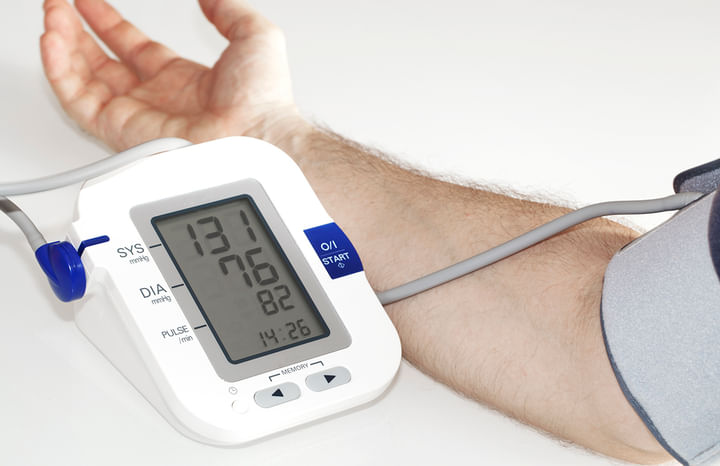Blood Pressure Measurements: Special Cases
|
Special cases of measurements of blood pressure: Certain groups of people merit special consideration for the measurement of blood pressure because of age, body habitus or disturbances of blood pressure related to haemodynamic alterations in the cardiovascular system. 1. Children: Measurement of blood pressure in children presents a number of difficulties. Variability of blood pressure is greater than in adults, and any one measurement is less likely to represent the true blood pressure. Systolic pressure is more accurate and reproducible than diastolic pressure. A cuff with proper dimensions is essential for accurate measurement. The widest cuff practicable should be used. Ideally, blood pressure should be measured after a few minutes of rest. Values obtained during sucking, crying or eating will not be representative. As with adults, a child’s blood pressure status should be decided only after it has been measured on a number of separate occasions. Ambulatory blood pressure measurement is being used increasingly in children. 2. Elderly people: In epidemiological and interventional studies, blood pressure predicts morbidity and mortality in elderly people as effectively as in the young. Elderly people have considerable variability in blood pressure, which can lead to a number of diurnal blood pressure patterns that are identified best with ambulatory blood pressure measurement. These patterns include isolated systolic hypertension, white coat hypertension and hypotension. Elderly patients may also have pseudohypertension, a condition in which there is a large discrepancy between cuff and direct measurement of blood pressure in elderly patients. When conventional measurements seem to be out of proportion with the clinical findings, referral to a specialist cardiovascular centre for further investigation may be an appropriate option. 3. Obese people: The association between obesity and hypertension has been confirmed in many epidemiological studies. Obesity may affect the accuracy of measurement of blood pressure in children, young and elderly people, and pregnant women. The relation of arm circumference to bladder dimensions is particularly important. If the bladder is too short for the arm as often happens with obese arms, blood pressure will be overestimated – ‘cuff hypertension’. The increasing prevalence of the metabolic syndrome (obesity, hypertension and hyperglycaemia) makes accurate measurement of blood pressure in obese people increasingly important. In some obese patients, the arm circumference is so great that upper arm measurement is not possible and forearm measurement may be the only option. For conventional measurement, the Korotkoff sounds are auscultated over the radial artery and for devices that measure blood pressure by oscillometry (devices for self-measurement and ambulatory blood pressure measurement), the cuff is placed on the forearm.
4. Patients with arrhythmias: Large variations in blood pressure from beat to beat make it difficult to obtain accurate measurements in patients with arrhythmias. In patients with arrhythmias, such as atrial fibrillation, blood pressure varies depending on the preceding pulse interval. No generally accepted method of determining auscultatory end points in patients with arrhythmias exists. Devices for measuring blood pressure with oscillometry vary in their ability to accurately record blood pressure in patients with arrhythmias. Measurements of blood pressure at best will constitute a rough estimate in those with atrial fibrillation, particularly when the ventricular rhythm is rapid or highly irregular, or both. The rate of deflation should be no faster than 2 mm Hg per heartbeat, and repeated measurements may be needed to overcome variability from beat to beat. Two potential sources of error exist when patients have bradyarrhythmia. If the rhythm is irregular, the same problems as with atrial fibrillation will apply. When the heart rate is extremely slow – for example, 40 beats/min – it is important that the rate of deflation used is less than for people with normal heart rates, as too rapid deflation will lead to underestimation of systolic blood pressure and overestimation of diastolic blood pressure. 5. Pregnant women: Clinically, relevant hypertension occurs in more than 10% of pregnant women in most populations. High blood pressure is a key factor in making medical decisions in pregnancy. Disappearance of sounds (fifth phase) is the most accurate measurement of diastolic pressure, except when sounds persist to zero, in which case the fourth phase of muffling of sounds should be used. 6. Patients who take antihypertensive drugs: In patients who take antihypertensive drugs, the timing of measurement may have a substantial influence on the blood pressure. The time of taking antihypertensive drugs should be noted. 7. Patients who are exercising: Systolic blood pressure increases with increasing dynamic work as a result of increasing cardiac output, whereas diastolic pressure usually remains about the same or moderately lower. An exaggerated blood pressure response during exercise may predict development of future hypertension. |





+1.svg)
